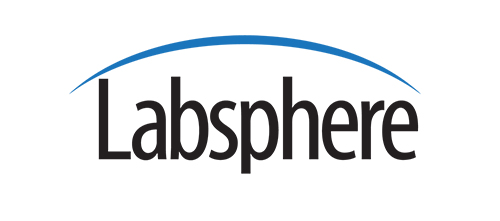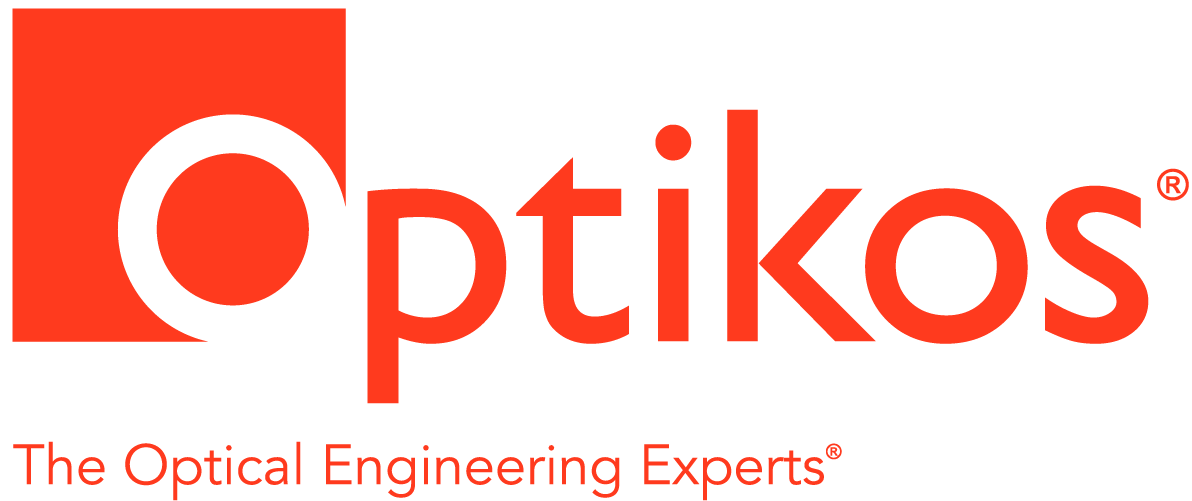Half a century of laser weapon development
DARPA launched the Pentagon’s first laser weapon program in early 1959, when it issued a million-dollar contract to TRG Inc. to try to build a laser based on Gordon Gould’s patent application. Ever since, the military has been trying to scale lasers to weapon-level powers. In the early 1960s, they tried to scale laser rods into laser logs, only to run into thermal problems. As that program wound down, AVCO Everett Research Laboratory developed the gas-dynamic CO2 laser, the first laser to produce tens of kilowatts CW. Chemical lasers followed, and MIRACL reached 2 megawatts CW, for a few seconds at a time, by the early 1980s. “Star Wars” produced the Alpha chemical laser, which also reached multi megawatt powers, and was supposed to be scalable to an orbiting laser battle station. The Airborne Laser followed, and for a while it looked like it really would really work. Now a dark horse, the fiber laser, has been shooting down targets at relatively short ranges in the Persian Gulf. This talk will cover the long road to this promising success, why it looks like it might work, and what its limits are.
MEETING SPONSORED BY
Jeff Hecht
Jeff Hecht has been writing about lasers since the 1970s, and has hung around the industry long enough to tell some of its history first-hand. He is a contributing editor to Laser Focus World, and also writes for Optics and Photonics News and New Scientist magazine. He has written several books about lasers and fiber optics, including Beam Weapons: The Next Arms Race; The Laser Guidebook; Understanding Lasers: Understanding Fiber Optics; City of Light: The Story of Fiber Optics; and Beam: The Race to Make the Laser. He holds a B.S. in electrical engineering from the California Institute of Technology, and is a senior member of OSA, a life member of IEEE, and a member of the National Association of Science Writers and the American Physical Society.
Reservations:
Please make reservations online. Reservations may also be left on the answering machine at 617.584.0266. We no longer have an email address for reservations due to SPAM. When making reservation requests, please provide the following information:
- DINNER AND MEETING or meeting only
- Name(s) and membership status
- Daytime phone number where you can be reached (in case of change or cancellation)
Location:
Rebeccas Cafe (Located in back of the office complex)
275 Grove Street
Auburndale, MA 02466
(617) 969-3282
Networking—5:45 PM, Dinner—6:45, Meeting—7:30 PM.
Menu:
Vegetarian option available on request
Dinner Prices:
| Register on/before DINNER Reservation Date |
Late Reservations | |
| NES/OSA Members and their guests | $25.00 each | $30.00 |
| Non-members | $30.00 (See NOTE Below) | $35.00 |
| Students | $5.00 | $5.00 |
| Post-Docs | $15.00 | $15.00 |
NOTE: The NES/OSA has not changed dinner prices in several years but has been facing higher costs. We will maintain the current dinner prices for those reserving dinner on the requested date but still try to accommodate late reservations.
General Information on NES/OSA Meetings
Cancellations and No-shows:
If the meeting must be canceled for any reason, we will try to call you at the phone number you leave with your reservation. Official notice of cancellation will be on our answering machine.
We have to pay for the dinners reserved as of the Tuesday before the meeting, so no-shows eat into our cash reserve. If you will not be able to attend, please let us know as early as possible. Otherwise, no-shows will be billed.
Membership Rates:
| Regular members | $15.00 |
| Student members | free |
NOTE: The extra $5.00 of the non-member dinner fee can be used toward membership dues if the nonmember joins and pays dues for the current year at the meeting.




